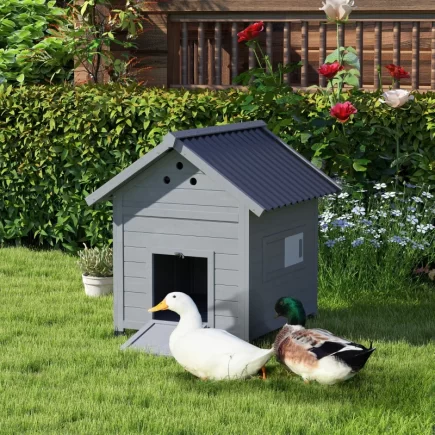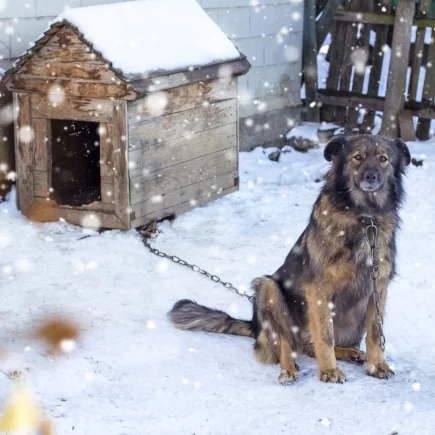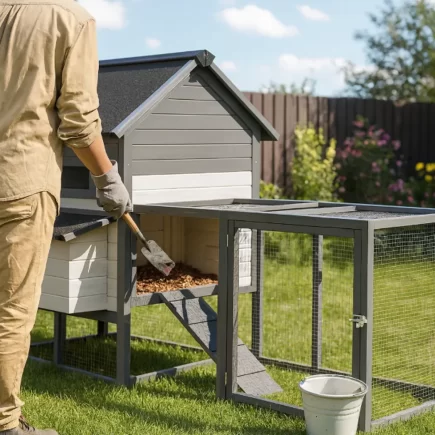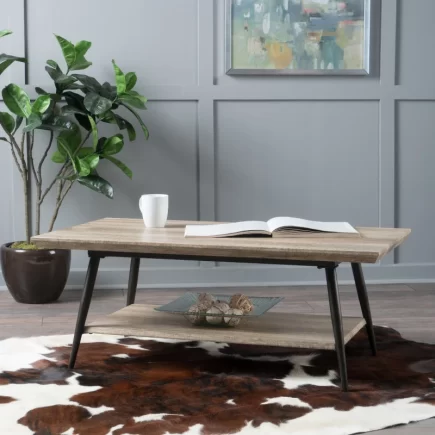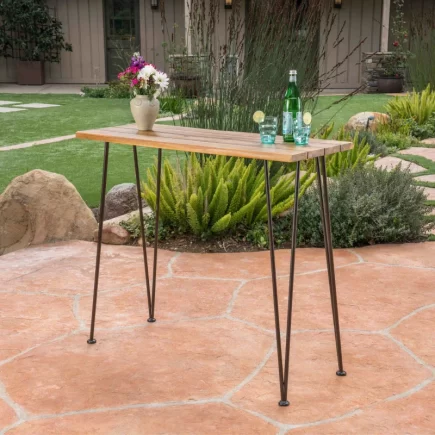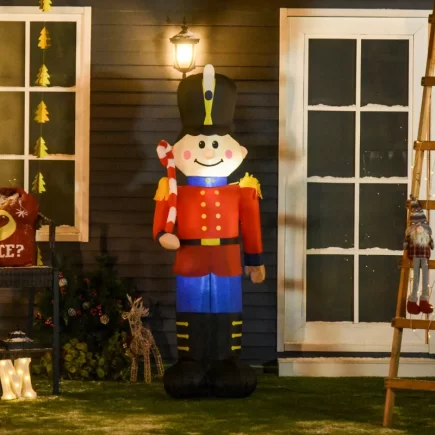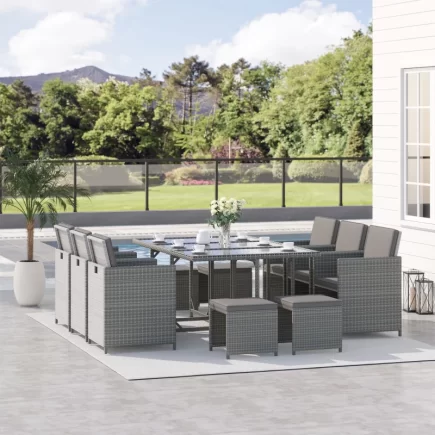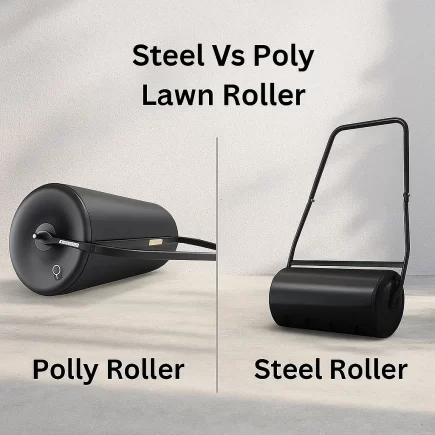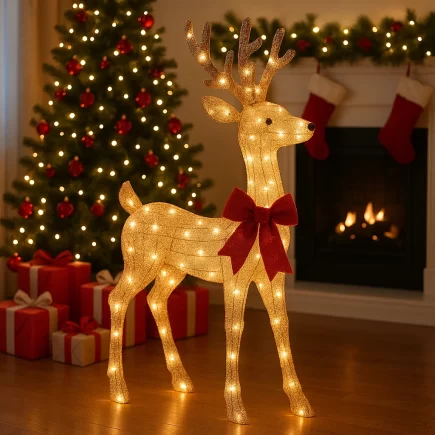
Wood ducks rely on safe nesting cavities, but natural sites have declined due to habitat changes. Building a well-designed wood duck house helps support healthy nesting, protects broods, and encourages long-term wildlife activity on your property. This guide shows how to design, install, and maintain a strong, safe wood duck house.
Tools and Materials You Need
Using correct materials isn’t optional for a successful wood duck house, it is essential. Ducks will only use boxes that feel safe, stay dry, and maintain the right interior temperature.
Recommended Lumber
You can use several affordable and accessible options:
| Lumber Type | Pros | Cons | Best Use |
| Cedar | Naturally rot-resistant, long-lasting | Slightly more expensive | Best overall choice |
| Cypress | Similar to cedar, durable | Less common in some states | Excellent for humid states |
| Pine | Budget-friendly, easy to cut | Must be untreated, shorter lifespan | Good if cost-sensitive |
| Exterior Plywood | Affordable, easy to work with | Needs weatherproofing | Recommended for beginners |
Important: Never use pressure-treated lumber inside the box. Chemicals can harm ducklings.
Hardware List
These are the key components needed to assemble the wood duck house securel
| Hardware Item | Purpose / Notes |
| Exterior-grade deck screws (1½–2½ in.) | For assembling all panels securely |
| Galvanized hinge or two pivot screws | For creating a cleanout door hinge |
| Stainless steel or galvanized latch | To keep the cleanout door closed |
| ¼-inch wire mesh | Used as the interior ladder for ducklings |
| Sandpaper | Smooths edges and prevents injury |
| Wood glue (optional) | Adds extra bond strength to joints |
Essential Tools
These tools help you measure, cut, and assemble the wood duck house accurately.

| Tool | Purpose / Notes |
| Circular saw or table saw | Cutting panels to size |
| Jigsaw | Cutting the oval entrance hole |
| Drill + drill bits (½-inch bit) | For drainage holes and pilot holes |
| Screwdriver or driver bit | Installing screws |
| Measuring tape | Accurate measurements |
| Carpenter’s square | Ensures straight, precise cuts |
| Pencil | Marking cut lines |
| Safety glasses | Eye protection during cutting and drilling |
Complete Cut List and Measurement Guide
Below is a complete cut list for a single 1 x 10 x 12 ft board, the most common one-board build.
Panel-by-Panel Cut Sizes
| Panel | Size (inches) | Quantity |
| Back | 31 × 9¼ | 1 |
| Front | 23 × 9¼ | 1 |
| Side A | 23 × 9¼ | 1 |
| Side B (cleanout) | 23 × 9¼ with 45° top cut | 1 |
| Floor | 9¼ × 7¾ | 1 |
| Roof | 17 × 9¼ | 1 |
Marking and Labeling Tips
- Label each cut piece immediately (A, B, Floor, Roof, etc.).
- Use a carpenter’s square to keep each pencil line perfectly straight.
- Double-check measurements before cutting, errors in the entrance hole or internal space can cause nest abandonment.
Optional Printable Plans
For convenience, create:
- A one-page cut sheet
- A printable PDF with diagrams
- A template for the entry hole shape
These help beginners and reduce errors.
Standard Wood Duck House Dimensions and Design Requirements
A wood duck house is not just a box, it is a highly specific structure based on decades of wildlife biology research.
Below are the professional standards used by Ducks Unlimited, state wildlife departments, and conservation groups:
Required Dimensions
| Component | Measurement |
| Overall height | ~24–31 in. |
| Width | 9–12 in. |
| Depth | 10–12 in. |
| Entry hole (oval) | 4½ in. wide × 3½ in. high |
| Floor recess | ½ in. above bottom edge |
| Drainage holes | Five ½-inch holes |
| Cleanout door | Long side access panel |
Ventilation and Drainage Standards
- Ventilation gaps at top edges improve airflow.
- Floors must include ½-inch drainage holes to prevent moisture buildup.
- The roof should overhang the front by at least 1 in. to shed rain.
Interior Ladder Options
Ducklings climb out of the nest box using their claws. Provide either:
- Kerf cuts: shallow horizontal cuts every ¾ inch, OR
- Hardware cloth ladder attached under the entry hole
Both must be smooth and safe, no sharp edges.
Step-by-Step Instructions to Build a Wood Duck House
Now that your materials and measurements are ready, it’s time to start building. Follow these clear, practical steps to keep the process smooth.
Step 1: Cut and Label All Panels
Cut all parts to their required sizes so the box fits together cleanly.

What to Do:
- Cut the back, front, both sides, floor, and roof according to your cut list.
- Label each piece as you go, this prevents confusion later.
- Sand all edges so the boards fit together safely and neatly.
- Keep the rough side facing inside so ducklings can grip and climb.
Real Tip: A carpenter’s square helps keep every cut perfectly straight, small mistakes here cause big alignment issues later.
Step 2: Drill Proper Drainage Holes
Drainage keeps the nest dry and prevents mold or bacterial buildup.
What to Do:
- Use a ½-inch bit and drill one hole in each corner of the floor panel.
- Add one centered hole for extra moisture control.
- Make sure holes stay small, large holes invite pests and predators.
Real Tip: Slightly countersink each hole to help water flow out faster and stop debris from collecting.

Step 3: Create the Entry Hole
The entrance must be precise, ducks rely on this exact size for safety.
What to Do:
- Draw a 4½ × 3½-inch oval on the front panel.
- Drill a starter hole inside the outline.
- Cut the oval cleanly with a jigsaw.
- Sand the opening smooth so adults and ducklings don’t get scratched.

Real Tip: Make a reusable paper or cardboard template, perfect for cutting multiple boxes consistently.
Step 4: Install the Interior Ladder
Ducklings climb out of the box within a day of hatching, so they need secure footing.
What to Do:
Option A: Kerf Cuts
- Make shallow horizontal cuts every ¾ inch below the entry hole.
- Keep cuts no deeper than ⅛ inch.
Option B: Wire Mesh Ladder
- Cut a 4 × 12-inch strip of ¼-inch mesh.
- Staple it inside the box directly under the entrance.
Real Tip: If using mesh, fold the edges inward so no sharp points touch the birds.

Step 5: Assemble the Frame
This step builds the main structure of your wood duck house.
What to Do:
- Attach the first side panel to the back using exterior screws.
- Install the floor panel by screwing through the back and side.
- Add the front panel and secure it tightly with six screws.
- Ensure all seams fit snugly to prevent drafts or water leaks.
Real Tip: Always pre-drill holes, cedar and pine can split easily when dry.

Step 6: Install the Cleanout Door
A cleanout door makes annual maintenance simple and quick.
What to Do:
- Use the second side panel as the cleanout door.
- Create a hinge using two screws, one at the top front, one at the top back.
- Test the swing to ensure the door opens smoothly.
- Add a latch or nail to hold the door securely shut during nesting.
Real Tip: Angle the top of the cleanout door at 45° so rain naturally sheds off the panel.

Step 7: Attach the Roof
A proper roof protects the nest from rain, heat, and predators.
What to Do:
- Position the roof with a 1–1½-inch overhang at the front.
- Leave ¾–1 inch overhang on each side for added protection.
- Screw the roof down from the top and back only, never into the cleanout door side.
Real Tip: Slightly tilt the roof backward; even a tiny angle prevents water pooling.

Step 8: Add Nesting Bedding
Soft bedding keeps eggs cushioned and ducklings warm.
What to Do:
- Add 4–6 inches of wood shavings inside the box.
- Use pine or cedar shavings for best comfort and absorbency.
- Never use sawdust, it’s too fine and can suffocate ducklings.
- Avoid shredded paper, it absorbs moisture and molds quickly.
Real Tip: Always pre-drill holes, cedar and pine can split easily when dry.

Choosing the Best Location for Your Wood Duck House
Your build quality won’t matter if you choose the wrong location. Wood ducks have specific environmental and safety requirements.
| Suitable Locations | Locations to Avoid |
| Forested wetlands | Fast-moving water or strong currents |
| Quiet ponds | Open, exposed yards |
| Slow-moving rivers | Areas with high predator activity |
| Beaver ponds | Locations with no natural cover |
| Streams with light cover | High-traffic or noisy areas |
Nest Box Spacing
Place boxes about 50–150 ft apart to avoid competition and “dump nesting”.
How to Mount the Wood Duck House Safely
Mounting the box correctly is just as important as building it. A secure setup protects the ducks and keeps predators away.
Option 1: Metal Pole Mounting (Best Method)
This is the safest and most reliable way to install a wood duck house.
What to Do:
- Use a sturdy metal pole or highway-style signpost.
- Attach the box using mounting strips or lag screws.
- Install a predator cone 2–3 ft below the house to block raccoons and snakes.
- Make sure the pole is firmly set in the ground and cannot wobble.
Real Tip: Metal poles stay smooth, making it harder for predators to climb, this is why experts prefer this method.
Option 2: Wooden Post Mounting
A simple and effective choice if you don’t have a metal pole.
What to Do:
- Use a treated 4×4 post for long-term durability.
- Set the post deep enough in the ground for stability.
- Mount the house securely using exterior screws or brackets.
- Add a predator guard if possible.
Real Tip: Wooden posts can warp or crack over time, check them yearly for stability.
Option 3: Tree Mounting (Use Only When Necessary)
Trees are a last-choice option because predators can climb them easily.
What to Do:
- Choose a tree in a safe, quiet location.
- Avoid trees with branches directly above or behind the box.
- Mount the house using strong brackets that allow for tree growth.
- Always install a predator guard, this is non-negotiable.
Real Tip: Raccoons and snakes climb trees effortlessly. Without a guard, the nest will not stay safe.
Predator Safety and Protection
Predation is one of the biggest reasons nest boxes fail. A proper predator guard can raise success rates from 10–15% to over 80%.
Essential Predator Guards
- Metal cone baffles (minimum 30 in. diameter)
- Smooth metal pipe sleeves
- Cylindrical baffles
Common Predators
- Raccoons
- Snakes
- Squirrels
- Owls
- Rats
How to Limit Predator Access
- Keep vegetation trimmed around the pole.
- Never mount boxes near branches or fences.
- Always use a predator guard, every time.
Troubleshooting and Common Mistakes
Here are preventable issues that cause nest failure:
| Issue | Cause / Explanation | Why It’s a Problem |
| Wrong Hole Dimensions | Entry hole larger than 4½ × 3½ in. | Allows predators like raccoons and owls to enter the box. |
| Moisture Buildup | No drainage holes, no roof overhang, or leaking seams | Causes mold, cold nests, and can harm eggs or ducklings. |
| Box Mounted Too Low | Installed within easy reach of predators | Increases nest predation and makes hens abandon the box. |
| No Duck Activity | Poor location, wrong direction, unsafe surroundings, or boxes placed too close | Ducks avoid the box if it feels unsafe or overcrowded. |
Tip: Leave boxes in place year-round, ducks may scout in fall for next spring.
A well-built Wooden Duck House offers a dependable nesting space and supports healthier duck populations. With proper construction and simple yearly care, your box can stay safe and functional for many seasons. It’s a small project that makes a lasting impact on local wildlife.
FAQs
1. Why are ants or insects getting inside the duck house?
Insects are attracted to moisture or leftover bedding. Cleaning the house thoroughly after nesting season and improving drainage usually solves the problem.
2. What if water keeps getting into the duck house after rain?
Leaking usually comes from insufficient roof overhang or gaps along the seams. Adding weatherproofing, sealing cracks, and rechecking roof alignment helps keep the interior completely dry.
3. What if my ducklings can’t climb out even with an interior ladder?
They may need better traction. Adding deeper kerf cuts or replacing the mesh ladder with a finer wire cloth usually solves this instantly.
4. What if squirrels chew on the duck house entryhole?
Squirrels enlarge holes to enter the box. Reinforce the entrance with a metal hole plate or hardwood ring to keep its size constant long-term.

